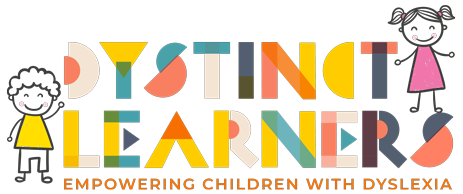Support for Children with Dyslexia
Classroom Accommodations
IEPs (Individualized Education Programs)
Individualized Education Programs (IEPs) are designed to provide students with the accommodations and modifications they need to succeed in school.
- Eligibility: Students with dyslexia who qualify for special education services.
- Components: Include specific goals, services, and supports tailored to the student’s needs.
- Development: Created by a team of educators, parents, and specialists.
- Examples of Accommodations: Extended time on tests, modified assignments, one-on-one tutoring, and access to assistive technologies.
Teaching Strategies for Educators
Educators play a critical role in supporting students with dyslexia. Effective teaching strategies include:
- Explicit Instruction: Clear, direct teaching of skills and concepts.
- Multi-Sensory Techniques: Engaging multiple senses to reinforce learning.
- Small Group Instruction: Providing targeted support in a small group setting.
- Differentiated Instruction: Tailoring lessons to meet the diverse needs of students.
- Frequent Feedback: Providing regular, constructive feedback to guide learning.
- Positive Reinforcement: Encouraging and rewarding progress to boost confidence.
At-Home Support
Tips for Parents
Parents can provide essential support at home to help their children succeed. Tips include:
- Create a Reading Routine: Establish a daily reading time to build consistency.
- Read Aloud Together: Reading aloud to your child and having them read to you.
- Use Audio Books: Supplement reading with audio books to improve comprehension and enjoyment.
- Encourage Writing: Provide opportunities for writing practice, such as keeping a journal or writing letters.
- Be Patient and Supportive: Show understanding and encouragement to build your child’s confidence.
Homework Help Strategies
Helping children with dyslexia manage homework can make a significant difference in their academic success. Strategies include:
- Set Up a Quiet Workspace: Create a distraction-free environment for homework.
- Break Tasks into Smaller Steps: Divide assignments into manageable parts.
- Use Visual Aids: Incorporate charts, graphs, and other visual tools to help with understanding.
- Teach Time Management Skills: Use timers and schedules to help manage time effectively.
- Seek Additional Resources: Utilize online resources and tutoring services for extra support.
Peer and Community Support
Support Groups
Connecting with others who understand the challenges of dyslexia can provide emotional and practical support. Options include:
- Local Support Groups: Join groups in your community for face-to-face interaction and support.
- Online Support Groups: Participate in forums and online communities for advice and encouragement from a wider network.
Advocacy Resources
Advocating for your child’s needs is crucial for ensuring they receive appropriate support. Resources include:
- National Organizations: Organizations like the International Dyslexia Association (IDA) and Learning Disabilities Association of America (LDA) offer valuable information and advocacy support.
- Local Advocacy Groups: Seek out local groups that provide advocacy services and resources.
- Educational Advocates: Consider hiring an educational advocate to help navigate the school system and ensure your child’s needs are met.
Supporting children with dyslexia requires a collaborative effort between educators, parents, and the community. Classroom accommodations, effective teaching strategies, at-home support, and peer and community resources all play a vital role in helping children with dyslexia succeed academically and emotionally. With the right support, children with dyslexia can thrive and reach their full potential.
